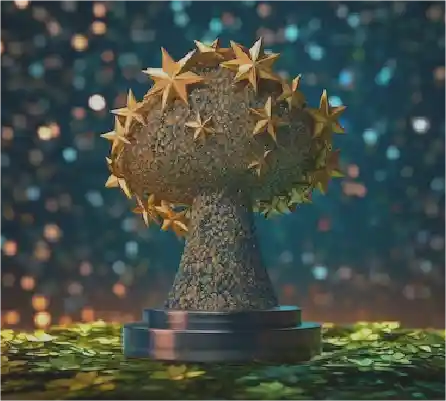Project Management
Story of the Turing Award Winning Triad
- Sriram P H
- May 21, 2021

The ACM A.M. Turing Award is an annual prize given by the Association for Computing Machinery (ACM) to an individual or group of individuals selected for contributions “of lasting and major technical importance to the computer field”. The Turing Award is generally recognized as the highest distinction in computer science and the “Nobel Prize of computing”.The award is named after Alan Turing, a British mathematician and reader in mathematics at the University of Manchester. Turing is often credited as being the key founder of theoretical computer science and artificial intelligence.The first recipient, in 1966, was Alan Perlis, of Carnegie Mellon University. The first female recipient was Frances E. Allen of IBM in 2006.
Neural NetworkArtificial neural networks (ANN) or connectionist systems are computing systems vaguely inspired by the biological neural networks that constitute animal brains. The neural network itself is not an algorithm, but rather a framework for many different machine learning algorithms to work together and process complex data inputs. Such systems “learn” to perform tasks by considering examples, generally without being programmed with any task-specific rules. For example, in image recognition, they might learn to identify images that contain cats by analysing example images that have been manually labelled as “cat” or “no cat” and using the results to identify cats in other images.
Turing Award Recipient for the year 2019This year’s award is received by three individuals collectively, Yoshua Bengio, Geoffrey Hinton, Yann LeCun. They receive this award for conceptual and engineering breakthroughs that have made deep neural networks a critical component of computing. By receiving the Turing Award, they also take in a prize money of $1 million, which the three scientists will share.
The story of triad – Dr. Hinton is a London born, envisioned the idea of Artificial Intelligence even when most of the researchers of his time turned down. Even his own Ph.d. adviser questioned the choice. Neural networks had a brief revival in late 1980s and early 1990. After a year of postdoctoral research with Dr. Hinton in Canada, the Paris-born Dr. LeCun moved to AT&T’s Bell Labs in New Jersey, where he designed a neural network that could read handwritten letters and numbers. “They worked well only when you had lots of training data, and there were few areas that had lots of training data,” Dr. LeCun, 58, said.Some researches persisted including the Paris born Dr. Bengio who worked along with Dr. LeuCun Bell lab before taking a professorship at the University of Montreal.In 2004, with roughly $400,000 funding from the Canadian Institute for Advanced Research, Dr. Hinton created a research dedicated to “neural computation and adaptive perception.”In 2010, Dr. Hinton and his students helped Microsoft, IBM, and Google push the boundaries of speech recognition. Then they did pretty much the same with image recognition.
Dr. Hinton’s image recognition breakthrough was based on an algorithm developed by Dr. LeCun. In late 2013, Facebook hired the N.Y.U. professor to build a research lab around the idea. Dr. Bengio resisted offers to join one of the big tech giants, but the research he oversaw in Montreal helped drive the progress of systems that aim to understand natural language and technology that can generate fake photos that are indistinguishable from the real thing.
The trio’s achievements are particularly notable as they kept the faith in artificial intelligence at a time when the technology’s prospects were dismal.

